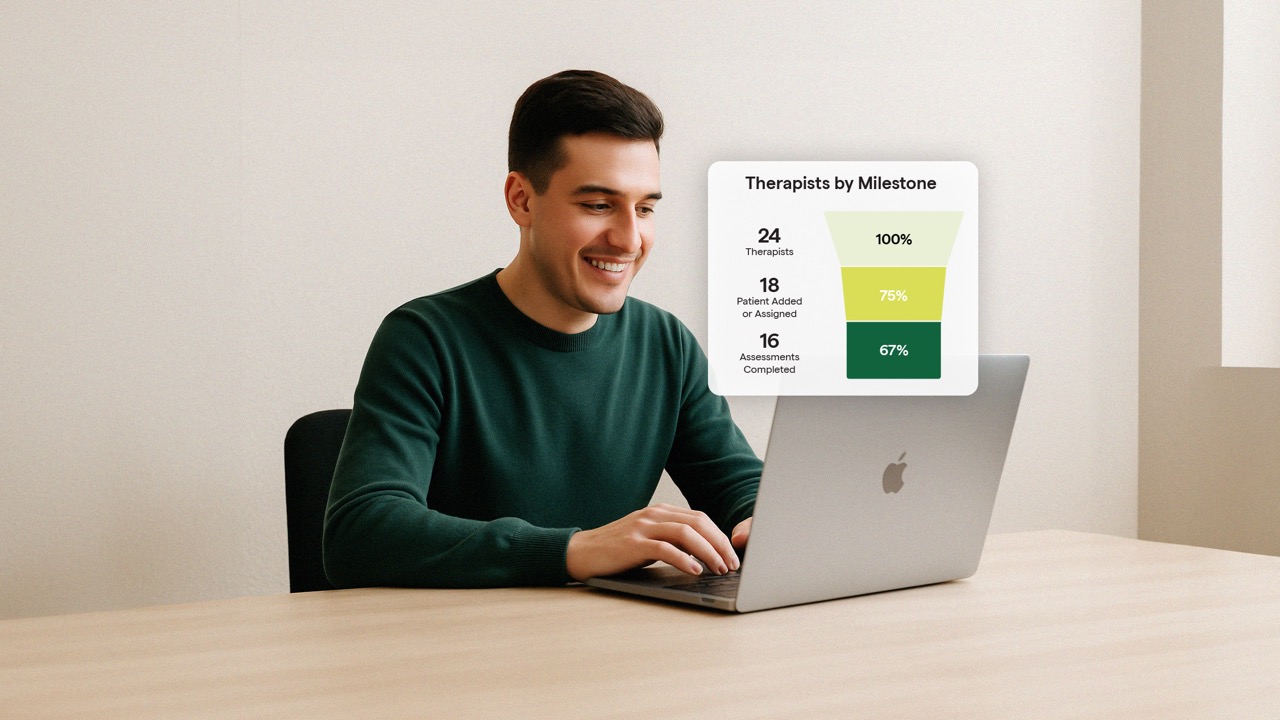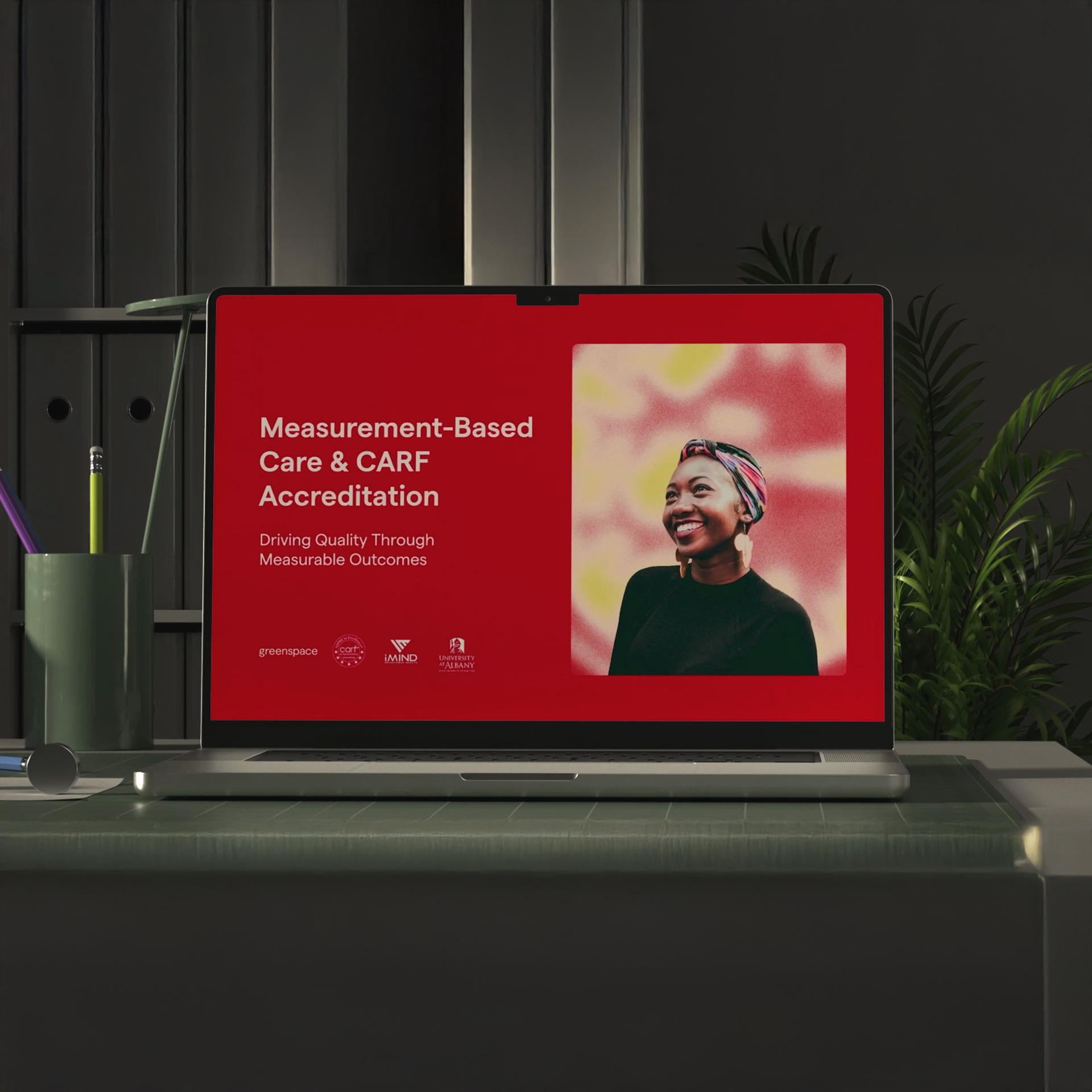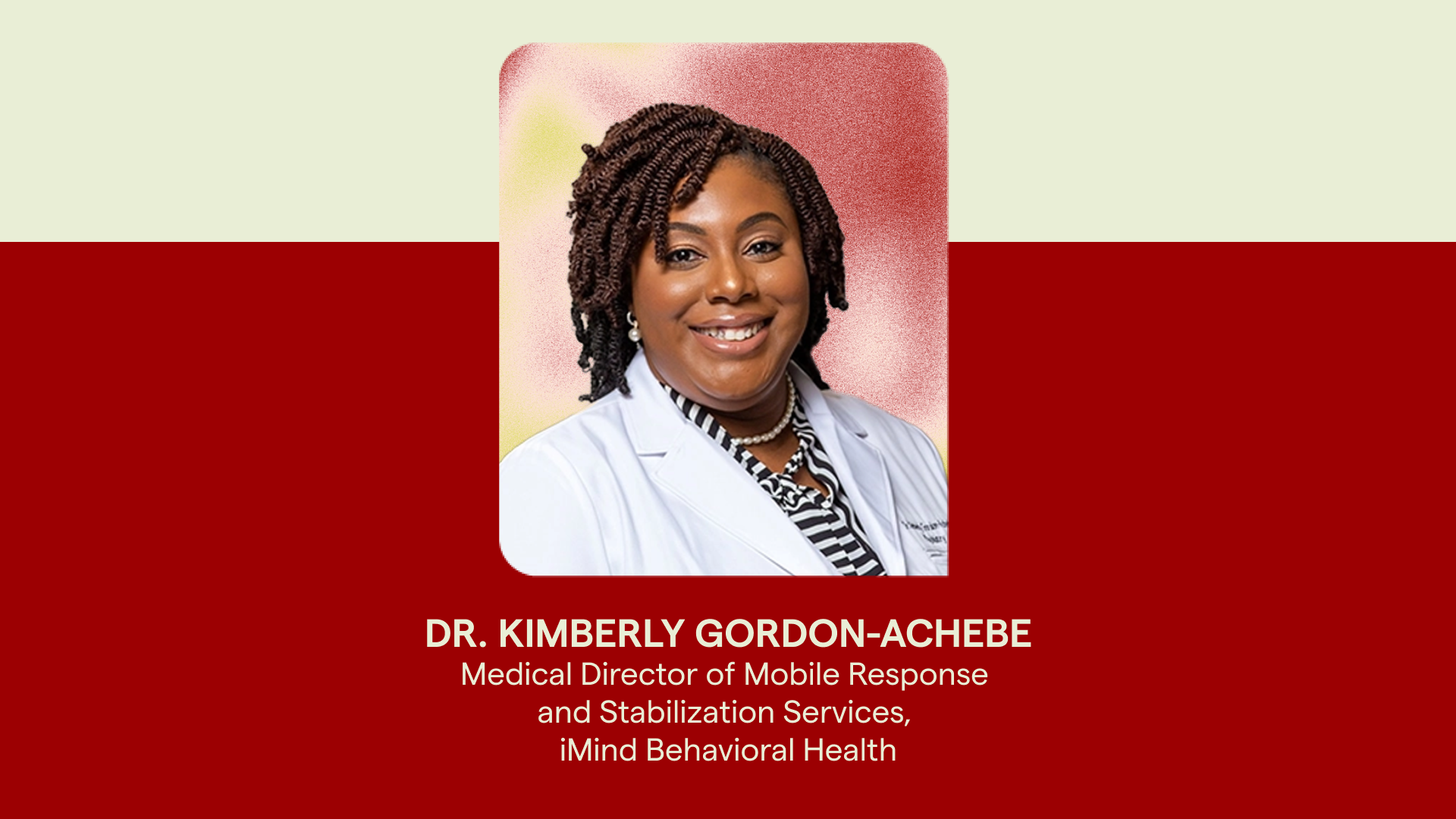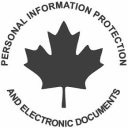Drug-Taking Confidence Questionnaire for Alcohol (DTCQ-8A)
Recommended frequency: Every 4 weeks
Summary
With respect to addictive behaviours, an important component of self-efficacy is a person’s perception of his or her ability to resist alcohol or drugs. The Drug-Taking Confidence Questionnaire (DTCQ-8) measures the client’s confidence in his or her abilities to cope in situations that are high-risk for substance use. The tool yields information about client strengths and needs in the area of relapse potential.
The tool allows for exploration of a client’s relapse potential by not only identifying potential high-risk situations for that person, but also by exploring his or her level of confidence in being able to cope with a particular high-risk situation.
The DTCQ-8 was developed to be a reliable and valid brief measure of coping self-efficacy for substance users to serve the needs of clinicians and researchers who desire a global measure of a client’s confidence across high-risk situations (Sklar & Turner, 1999). The tool’s eight questions each capture one of the high-risk situations identified by Marlatt and Gordon in 1985. The DTCQ-8 has separate questionnaires, one for alcohol use, and one for other drug use.
The Eight Categories:
The eight high-risk situations that Marlatt and Gordon identified (1985) as high-risk for relapse fall into two major classes of situations: (i) personal states; and (ii) situations involving other people.
The category “personal states” refers to internal states, both physical and emotional (thoughts and feelings). It includes five situations:
- Unpleasant emotions.
- Physical discomfort.
- Pleasant emotions.
- Testing personal control.
- Urges and temptations.
The other category, “Situations involving other people,” refers to challenging situations that involve others:
- Conflict with others.
- Social pressure to drink.
- Pleasant times with others.














